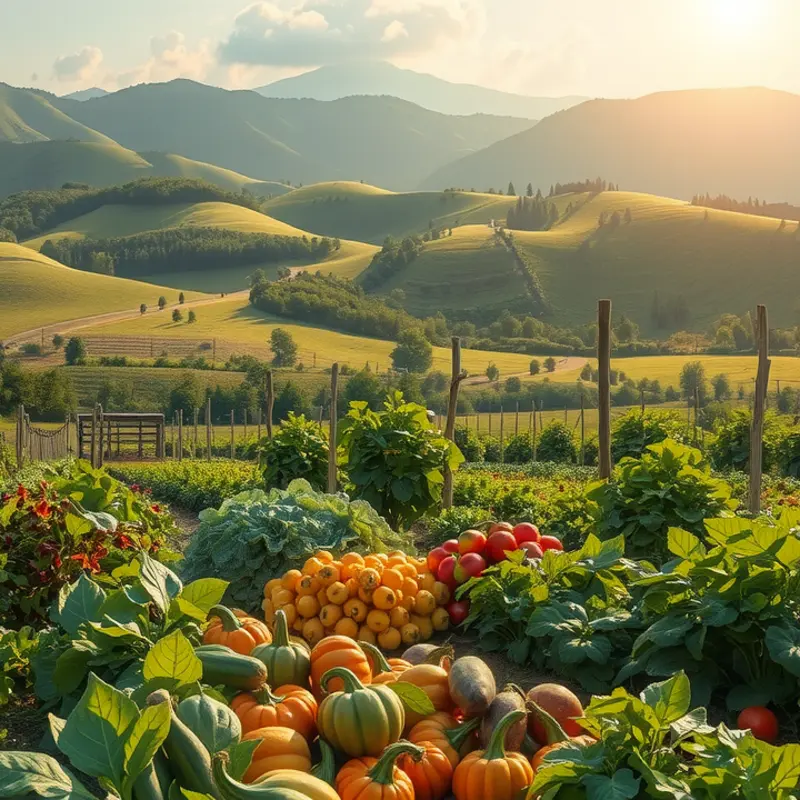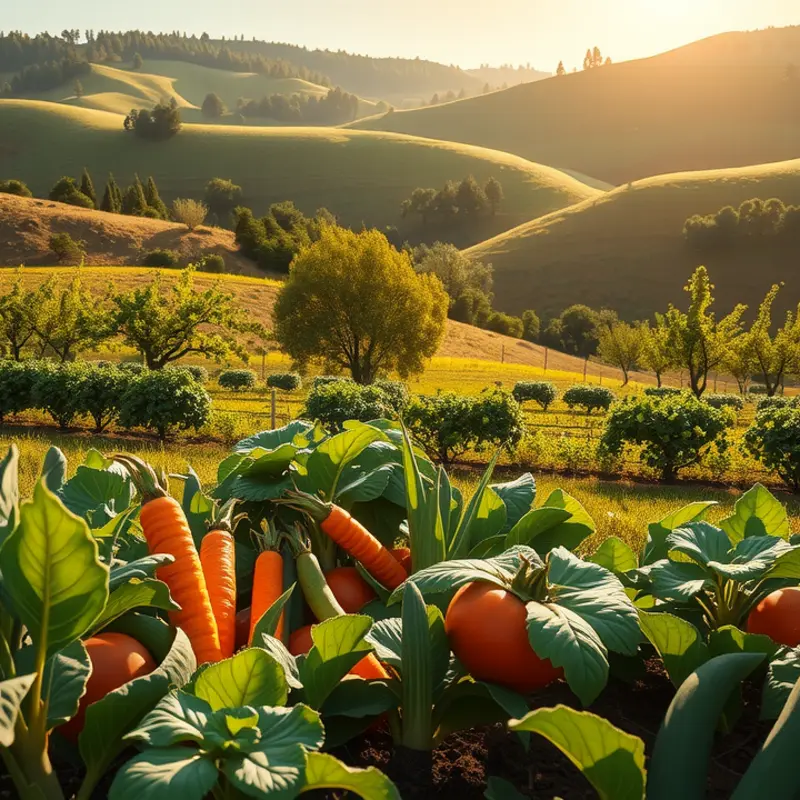Every nation has its stories, traditions, and flavors, especially evident in the dishes served during national holidays. From fragrant spices in a Moroccan tagine to the comforting taste of American turkey, these culinary treats offer a glimpse into each country’s heritage. Let’s embark on a gastronomic exploration that reveals not just recipes but the vibrant cultures woven into every bite.
Festive Flavors from Around the Globe: Iconic Dishes for National Celebrations

Celebrations worldwide are often marked by the aromas and tastes of dishes that carry history and culture. Let’s embark on a gastronomic journey, exploring national holiday dishes whose flavors resonate with centuries of tradition.
In Japan, New Year’s Day, or ‘Shogatsu,’ commands a feast filled with meticulously prepared ‘Osechi Ryori.’ These bento-style treats symbolize prosperity and longevity. Each compartment holds delicacies like ‘Datemaki,’ sweet rolled omelette, and ‘Kuri Kinton,’ a sweet chestnut mash, turning humble ingredients into celebratory art.
Traveling to the heart of Italy, Christmas Eve is synonymous with the ‘Feast of the Seven Fishes,’ a timeless tradition among Italian-American families. This seafood extravaganza might feature ‘Baccalà,’ a savory salt cod, alongside grilled eel or shrimp, embodying the rich maritime heritage of the Mediterranean. By minimizing preparation, this dish allows the simplicity and natural flavors of the ingredients to shine. For more ideas on minimal prep meals, explore this resource on minimal prep dinner ideas.
As we cross into Mexico, Day of the Dead, or ‘Día de los Muertos,’ reveals the vibrant ‘Pan de Muerto.’ This sweet bread, adorned with sugar and bones-shaped decorations, honors ancestors in a blend of pre-Hispanic and Spanish influences. It’s a symbol of warmth, shared among families during nights of remembrance.
In Ethiopia, the buzzing celebration of ‘Meskel,’ commemorating the finding of the True Cross, sees families gathering around ‘Doro Wat,’ a spicy chicken stew enriched with ‘Berbere.’ Its rich, fiery sauce, simmered to perfection, is a testament to the country’s culinary landscape, offering depth and emotion in every bite.
From the steppes of Kazakhstan comes ‘Nauryz Kozhe,’ central to the Persian New Year celebration of Nauryz. This hearty soup made with grains, milk, and meat is a celebratory staple, reflecting the agricultural practices and values of gratitude and hospitality deeply ingrained in Kazakh tradition.
In Sweden, the festival of ‘Midsommar’ manifests through a feast of ‘Gravad Lax,’ cured salmon accompanied by ‘new potatoes.’ The dish, seasoned lightly with dill and mustard, captures the freshness of nature, harmonizing with the sun-soaked days of summer.
These dishes from across the globe not only celebrate festivals but also foster community, inviting us all to revel in diversity and tradition. Each bite is a narrative, connecting us through flavors that have been cherished across time and oceans.
Beyond Borders: The Cultural Significance of Holiday Dishes

Holiday dishes are more than mere meals; they are vessels of history, tradition, and cultural vibrancy. Each festive dish tells a story of its people, inviting everyone to partake in communal heritage. During festive seasons, food transcends its basic function of nourishment to become a medium of connection that binds families, communities, and nations.
In Greece, Easter celebrations are incomplete without magiritsa, a soup made from lamb offal, herbs, and thickened with egg-lemon sauce. This dish symbolizes renewal and resurrection, aligning with Easter’s religious significance. Sharing this soup after midnight mass fosters a deep sense of togetherness and marks the end of Lent.
Thanksgiving in the United States exemplifies the confluence of familial bonding through its central dish: the roast turkey. This bird, stuffed and basted, serves as the banquet centerpiece fostering gratitude and reflection. Each accompanying side—mash potatoes, cranberry sauce, pumpkins—has its story rooted in the early harvest traditions and shared histories between settlers and Indigenous peoples.
Similarly, the Chinese embrace the tradition of mooncakes during the Mid-Autumn Festival. These round cakes, filled with lotus seed paste or red bean, symbolize unity and wholeness. They are enjoyed while admiring the full moon, reminiscent of family reunion and prosperity.
In India, Diwali, the festival of lights, illuminates the importance of sweets. Mithai, such as laddoo and jalebi, are integral in Diwali celebrations. The exchange of these sweets with neighbors and friends manifests the spirit of charity and goodwill. Each sweet carries unique flavors representing regional diversity but ultimately reinforcing unity.
Not to be overlooked, Brazilian feijoada stands out as a New Year’s Day staple. This hearty pork and bean stew invokes the strength and resilience needed for the journey ahead. Consuming feijoada with family signifies togetherness and shared challenges conquered.
Even in contemporary settings, holiday dishes retain their cultural essence. As urban lifestyles evolve, many ingredients find modern substitutes due to accessibility or health trends. Explore ways to boost flavors without traditional additions as culinary adaptation continues to honor tradition without compromising health.
Cooked with precision and served with love, these dishes mark every festive season with greater significance. They invite us to remember our roots while participating in the modern evolution of customs. Holiday dishes magnify our shared experiences of joy, reflection, and unity. The beauty of these meals lies in their ability to convey stories, not through words, but through flavors that beckon across generations.
Final words
Culinary traditions linked to national holidays serve as a rich tapestry of culture, history, and community. Each dish not only satisfies hunger but also evokes memories, connects families, and celebrates identity. Whether it’s the joyous feasting during Diwali with aromatic biryanis or the Thanksgiving turkey that brings Americans together, these meals are an integral part of holiday festivities. The next time you gather with loved ones, consider the stories behind those dishes, and share in the global celebration of food.








